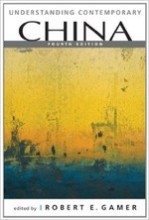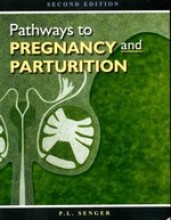Population Growth and Urbanization - Population and Food
5 important questions on Population Growth and Urbanization - Population and Food
Wars, diseases and droughts usually decreased China's population. However, in the mid-19th to mid-20th century China also faced these problems, but the population continued to increase. How was this possible?
In 1957 Ma Yinchu, the president of Peking University, suggested to only allow two children per family. The first family planning campaign was started (no policy enforcements yet). Why did Mao Zedong eventually reject the suggestion of Ma Yinchu?
What did the family planning policy which was established in the 1980ies entail?
- Higher grades + faster learning
- Never study anything twice
- 100% sure, 100% understanding
What were the consequences of the one-child policy?
- China's fertility rates, birth rates and mortality rates all stabilized, which resulted in a more natural rate of population increase (+0.57% per year)
- The ratio boys:girls changed drastically. In 1990 about 117 boys for every 100 girls were born. Girls were often aborted. The ratio might be somewhat more even, since it is also possible that girls were just not reported in rural households.
What is the consequence of the decrease in births?
The question on the page originate from the summary of the following study material:
- A unique study and practice tool
- Never study anything twice again
- Get the grades you hope for
- 100% sure, 100% understanding































